To preview the films click on the image, but you need to register on waterbear.com (which is free) for the shorter films and have an account on the Off The Fence site for the longer ones.
If you’re interested in licensing the package send us an email from a business email address and we will get you a login to the Off The Fence site for full previews of all the films.
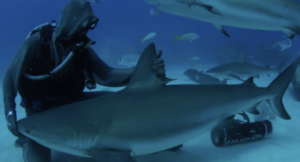
Sharkman
The world’s sharks are in grave danger and human ignorance and fear are their greatest enemies. One man has learned to communicate with sharks and has discovered a secret: they can be hypnotized. 46 minutes
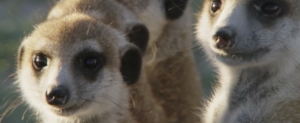
Animal Social Networks: Friendship
Do animals have friends just like us? In fact, yes, they do! In animal communities, the ability to befriend your neighbors is even of utmost importance to survival and reproduction. 48 minutes
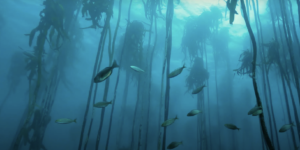
Africa's Hidden Sea Forest
A quest to discover and reveal the Great African Seaforest, the vast biodiversity that depends on it, and its importance to the planet. 10 minutes
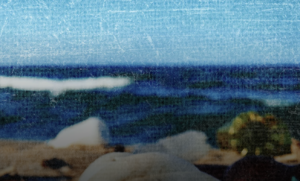
Beach Unfitlered
Meet Bill Dale, the man who is turning the tide on plastic in The Isle of Man. Shocked by the plastic washing up on it’s shores, Bill Dale started to collect 30,000 plastic bottles off the beach, transforming it into a pristine paradise overnight. 2 minutes
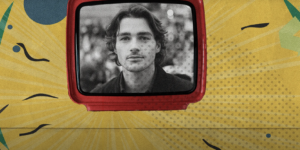
The Bear Hug - Episode 1: Jack Harries
Environmentalist, filmmaker and activist Jack Harries, founder of EarthRise, is interviewed by WaterBear's Sam Sutaria. 23 minutes
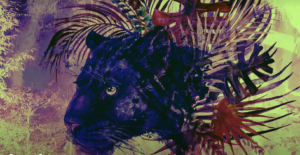
The Black Jaguar's Amazon
Ben Valks, the founder of The Black Jaguar Foundation, had one mission — to photograph the black Jaguar in its natural habitat. But what came next was so much bigger. 4 minutes
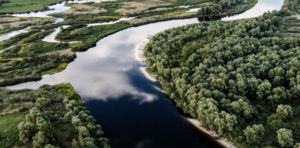
Europe's Secret Eden: Polesia
Olya Kaskevich is dedicated to saving Polesia , Europe’s largest wetland wilderness. She paddles along with 49 other activists through meanders of Pripyat river in their canoes to raise awareness of this gem. 4 minutes.
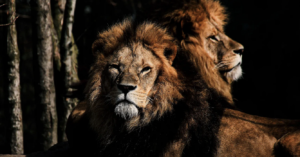
The Flying Lion Kings
The fight to restore genetic diversity amongst lion populations. 3 minutes
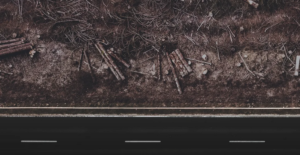
A Forest Worth Fighting For
Tucked away on the border of Poland and Belarus lies an old-growth forest with a unique diversity of fungi, invertebrates and a cradle of the rebirth of European bison. 5 minutes
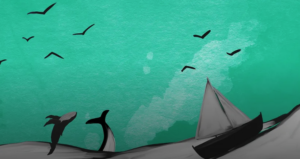
Hazel: The Ocean Guardian
Born and raised in the townships of Cape Town, Hazel’s big personality and smile caught the attention of the Orca Foundation. 2 minutes

Hero Rats
Despite their bad reputation, rats have historically helped humans in biomedical research and unexploded landmine detection. Now hero rats are saving the world’s most trafficked mammal — the pangolin.5 minutes
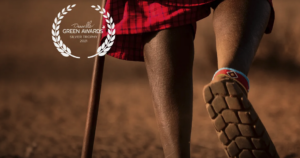
Kenya's Wildlife Warriors
We meet the homegrown Wildlife TV Series crew that captured the hearts of Kenyans and inspired many people to care for their local wildlife. 4 minutes
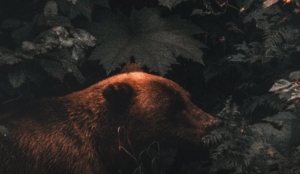
The Last Bears of Italy
The future of the unique Marsican bears subspecies lies in the hands of dedicated conservationist Mario Cipollone. 6 minutes

A Meatless Future
Tackling mankind’s relationship with meat. 5 minutes
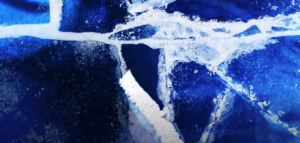
Mother of the Sea
This short film tells the legend of The Mother of the Sea. 8 minutes
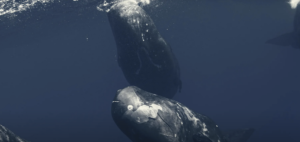
Ocean Defenders
International waters constitute 61% of the global ocean. They belong to no nation, yet many vessels from all over the world exploit them. 4 minutes
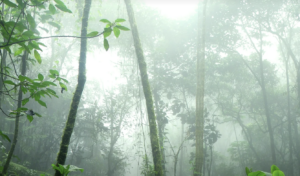
The Queen of Ecuador's Canopy
In a male-dominated field of work, Primatologist Citlalli Morelos-Juarez is leading a conservation project in the Ecuadorian region of the Choco rainforest, one of the last coastal rainforests on Earth, a biodiversity hotspot within a biodiversity hotspot. 4 minutes
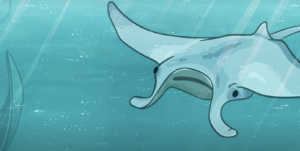
Queen of the Mantas
Andrea Marshall is the marine biologist who founded the Marine Megafauna Foundation and is leading research on globally threatened manta rays. 5 minutes
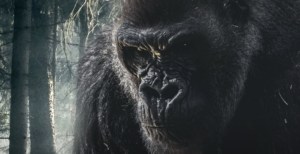
Watching Gorillas
Mbanda, a Bakaya tribesman, leads us expertly to where lowland gorillas were last seen, looks for subtle clues along the way. 4 minutes

A Wild Education
The extraordinary journey of a family living deep in the wild of the Carpathian Mountains. 8 minutes
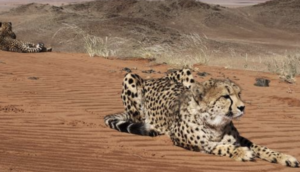
African Nostalgia
Africa seen and described through the eyes of a wildlife photographer. A tale of the sensation of breathing the air of Africa, admiring its fiery skies and observing the daily activities of its animals, frequently caught in unusual poses. 54 minutes

The Life At Its Alpine Limits
The Alps are home to plants and animals that owe their success to an amazing capacity to live in conditions that for other species, humans included, would be barely tolerable. For them however, this is everyday life. 51 minutes
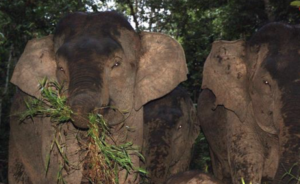
Borneo's Pygmy Elephants
This is the story of a forest guide, Bert Dausip, who observes and befriends the elephants. His daily expeditions deep into the jungle reward him with some of the most intimate and close up encounters ever filmed. 52 minutes
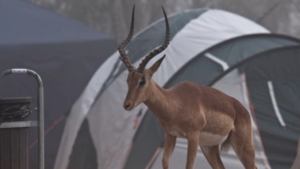
Camp Raiders
In a soap-opera style, this series follows the life of the charismatic camp dwelling animals and how they cause havoc or amusement amongst the visitors to Krugers National Park. 47 minutes
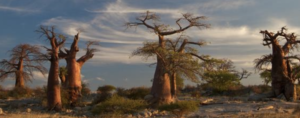
The Upside Down Tree
The African Baobab is one of the largest living things in the world, an icon of the African landscape, instantly recognisable, mysterious and intriguing. It is the world’s biggest flowering plant and the largest succulent plant on earth. It is now being hailed as an African ‘superfruit’ and as a ‘dryland crop for the future’. 59 minutes
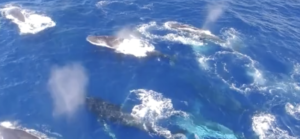
Wild and Alive: Giant's Migration
On the coast of south Africa, a group of mammoth mammals is arriving from the deep ocean. Every year humpback and southern right whales make incredible migrations from the Antarctic seas to mate and give birth along southern Africa’s rich protected coast. 50 minutes

Wild and Alive: Places of hope
Five critically endangered African species find protection in one modest haven - De Hoop Nature reserve is not only a World heritage Site it's also incredibly important for the survival of these iconic animal. 36,000 hectares are home to the rare and plucky Cape Mountain Zebra; the beautiful Bontebok; Cape Vultures; the African Black Oystercatcher and the mighty Southern Right Whale. 51 minutes

Wild Edens: Russia
Wild Edens Russia captures the rare and iconic wildlife that inhabit every corner of this vast country. The Wild Edens documentary series aims to increase public awareness of global warming and the threat it poses to the particularly vulnerable ecosystems around the world, including Russia, Turkey and South Asia. 52 minutes
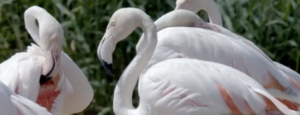
Wild Edens: Turkey
At a time of global climate change, Turkey’s diverse species adapt to survive during the country’s hottest time of year. Wild Edens: Turkey captures the surprising array of ecosystems and the rare and iconic wildlife that inhabit them; From bears and butterflies to vipers and vultures. This film reveals that where East meets West, a biological superpower is forged. 52 minutes
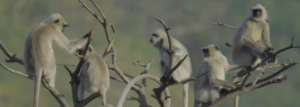
Wild Edens: South Asia
At a time of global climate change South Asia’s diverse species are pushed to survive as their environment changes around them. Wild Edens: South Asia captures many contrasting ecosystems and the rare and charismatic wildlife that inhabit them; an all-star lineup including elephants, rhino, leopards and tigers. 52 minutes

Wild Walk ( 13 films of 24 minutes)
We get up close and personal with some of the world’s most endangered, most exotic, most feared and most loved animals and the people who help them fight for their survival. Baboons, Aquila, Cheetahs, Elephants, Khwa ttu, Kelp Forest, Leopards, Lions, Penguins, Seals, Sharks. 24 minutes each
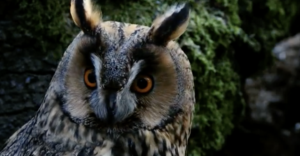
Animal Files: Creatures of the Night
Discovering nocturnal animals and their sophisticated super-senses. 23 minuutes
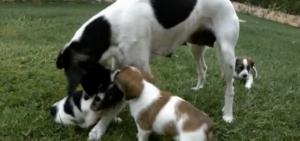
Animal files: In the World of Emotions ( 10 films of 26 minutes )
A journey into the mind of the animals to reveal their complex inner world. 26 minutes
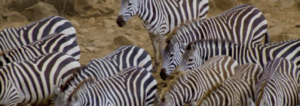
Animal Social Networks: Culture
Did you know that animals are innovative individuals? Capable of inventing new ways of doing things? And to spread their inventions, these leaders can count on copycats. In fact, imitating parents and friends is the basis of learning in many animal species. Copying saves time and can even save lives. Learning from others is beneficial for escaping predators, finding food and creating useful alliances. 58 minutes
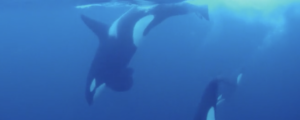
Animal Social Networks: The Family
In social animals, family is paramount. The little ones cannot survive without the attentive care of their parent. This family unit forms the basic social group. Several families, linked together, form a larger group. In the animal world, nothing is more important than the bonds of blood. 48 minutes
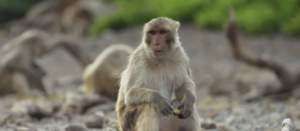
Animal Social Networks: Health
Being sociable has its advantages. Finding food and facing the enemy is much easier with the strength found in numbers. In hard times, you can count on family and friends. But social connections also carry a negative side. Pests and viruses can take this opportunity to spread. 48 minutes
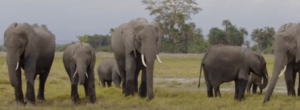
Animal Social Networks: Personality
Like human beings, each animal has its own personality. Violent, calm, shy, daring, willing, revengeful, wise and the list goes on. All animals are not cut from the same cloth. And everyone in their own way leaves a mark the group with which they live. In nature, personality has a great influence on the size and nature of social networks. Is it useful or harmful to be shy, to be daring? The answer is ... it all depends! 48 minutes
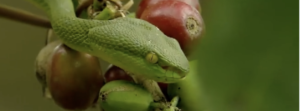
Asia's Deadliest Snakes
Snakes are one of the most feared creatures on the planet and Asia is a hotspot for bites! But which is the deadliest? And should we be truly afraid?
To find out, international venom doctor Bryan Fry travels the continent to come face-to-fang with some of the most dangerous snakes in Asia. His journey takes him from the laboratories of Singapore, to the beaches of Bali and deep into the jungles of India. 50 minutes
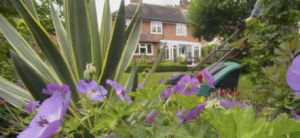
British Garden: Life And Death On Your Lawn
The British back garden is a familiar setting, but underneath the peonies and petunias is a much wilder hidden world, a miniature Serengeti, with beauty and brutality in equal measure. Through all four seasons, we reveal a stranger side to some of our more familiar garden residents. 97 minutes
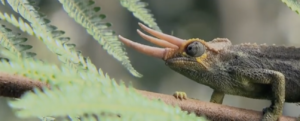
Chameleons Of The World
These mysterious dwarf-like lions are known all over the world, but curiously can live only in very particular places. Herpetologists around the world are on a quest to reveal the secret life of these strange-looking lizards. An array of high-tech tools show the life of chameleons as they've never been seen before. It’s a journey of discovery into the forests of Madagascar, the savannahs of east and southern Africa and the Namib desert. 51 minutes

A Circular Solution
The circular economy doesn’t aim to end growth — it instead raises the question of how to achieve prosperity for future generations in harmony with nature. 3 minutes.
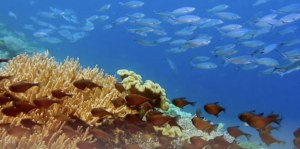
A Coral Love Story
A team of experts in Bonaire are restoring decaying coral reefs. Coral reproductive cells are collected at yearly spawning events, then carefully fertilized in labs, and finally replanted back onto reefs. 4 minutes.

Costa Rica: the rise of nature
Join us on a journey to the heart of Costa Rica, to discover several fabulous Eden-like biotopes, and see the unprecedented efforts that are made every day to preserve, and in some cases restore, this exceptional natural heritage. 52 minutes.
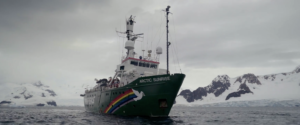
Defenders of the Deep
An inspiring story of the personal resilience it takes for a life lived on the frontline of conservation activism. 6 minutes.
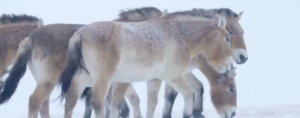
Destination wild: wild Mongolia
Mongolia, a landlocked country hidden deep in the interior of Eastern Asia. Roughly the size of all the countries of western and central Europe combined it hides a vast range of habitats and wealth of wildlife. The country boasts 139 species of mammals and 450 species of birds. 3 episodes of 48 minutes
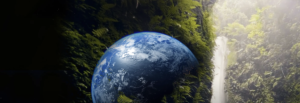
The Ball's in our Court
Rainforests are one of the most complex ecosystems in the world. The indigenous communities that have been living in harmony with nature for thousands of years are now threatened. 4 minutes
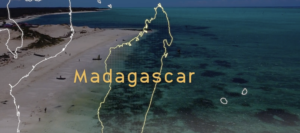
Blue Carbon on Wall Street
The cry from the fast-vanishing mangrove forest, essential for life on Earth, is finally being heard. With voices from the Madagascan forest, we tell the story of the mangrove. 6 minutes

The Breakdown
This 9‑part series breaks down all aspects of the climate and the ecological crisis. 9 x 8 minutes
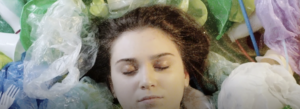
The Fight Against Plastic
ClientEarth has joined forces with grass campaigners to oppose the plans of a €3BN plastics superplant in the Port of Antwerp. Could this mark a bigger, historic moment? 6 minutes
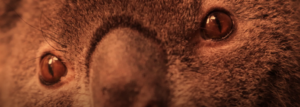
Koala 911
Abandoned dog, Bear, becomes a conservation superhero for koalas. 6 minutes
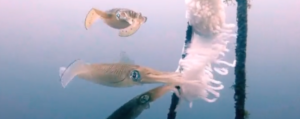
The Lembeh Strait, Walking Fish
Travel to the narrow strait between North Sulawesi and the island of Lembeh in Indonesia and discover one of the global hot spots of biodiversity and where fish are found to walk!



















































